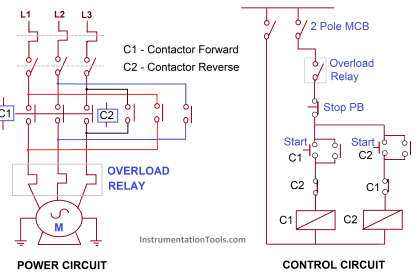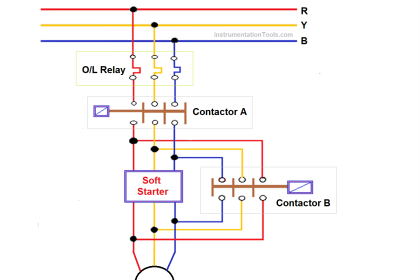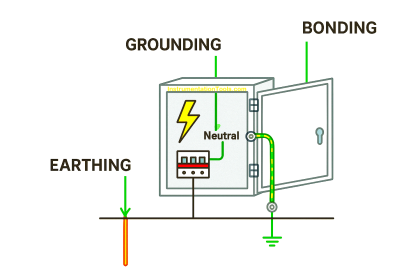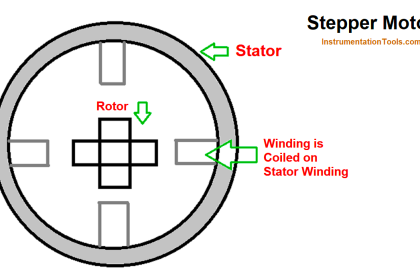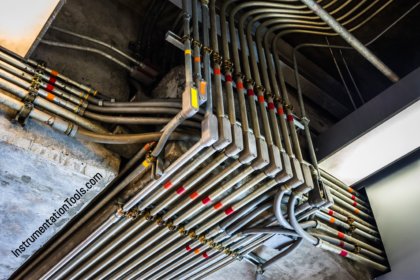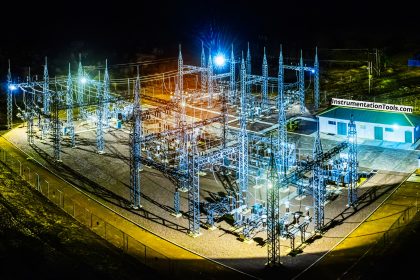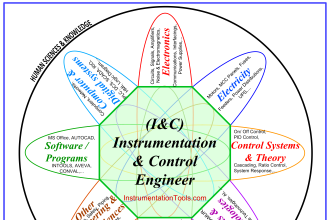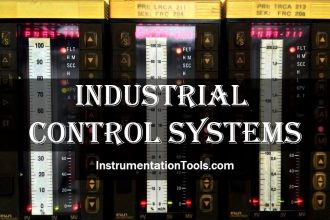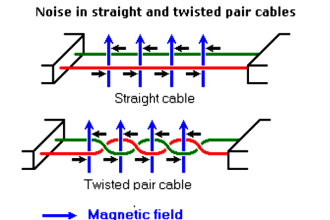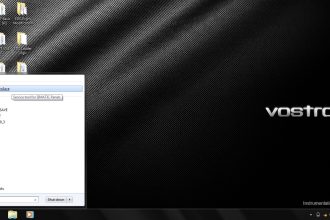In this article, we will learn the various types of motor loads such as constant & variable torque, and horsepower loads.
Types of Motor Loads
The type of load that a motor drives is one of the most important application considerations when applying any type of AC drive.
For some types of loads, the application considerations may be minimal. For other types of loads, an extensive review may be required.
Generally, loads can be grouped into three different categories:
- Constant Torque Loads – conveyors, hoists, drill presses, extruders, positive displacement pumps (torque of these pumps may be reduced at low speeds).
- Variable Torque Loads – fans, blower, propellers, centrifugal pumps.
- Constant Horsepower Loads – grinders, turret lathes, coil winders.
Constant Torque Loads
Constant torque loads are where applications call for the same amount of driving torque throughout the entire operating speed range.
In other words, as the speed changes, the load torque remains the same.
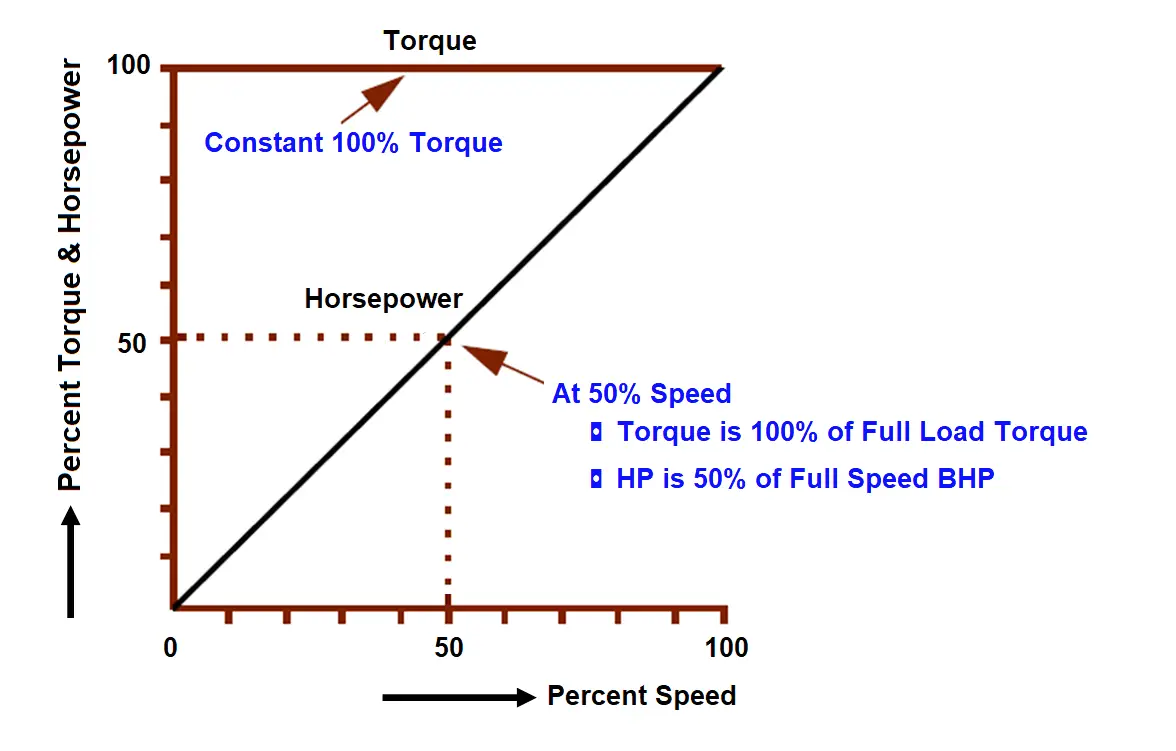
The chart shows speed on the bottom and torque on the left. The torque remains the same as the speed changes. Horsepower is affected and varies proportionately with speed.
Constant torque applications include everything that is not variable torque applications. In fact, almost everything but centrifugal fans and pumps are constant torque.
Variable Torque Loads
As was just mentioned, there are only two kinds of variable torque loads: centrifugal pumps and fans.
With a variable torque load, the loading is a function of the speed. Variable torque loads generally require low torque at low speeds and higher torque at higher speeds.
Fans and pumps are designed to make air or water flow. As the rate of flow increases, the water or air has a greater change in speed put into it by the fan or pump, increasing its inertia.
In addition to the inertia change, increased flow means increased friction from the pipes or ducts. An increase in friction requires more force (or torque) to make the air or water flow at that rate.
The effects that reduced speed control has on a variable torque fan or pump are summarized by a set of rules known as the Affinity Laws.
The basic interpretation of these laws is quite simple:
- The flow produced by the device is proportional to the motor speed.
- The pressure produced by the device is proportional to the motor speed squared.
- The horsepower required by the device is proportional to the motor speed cubed.
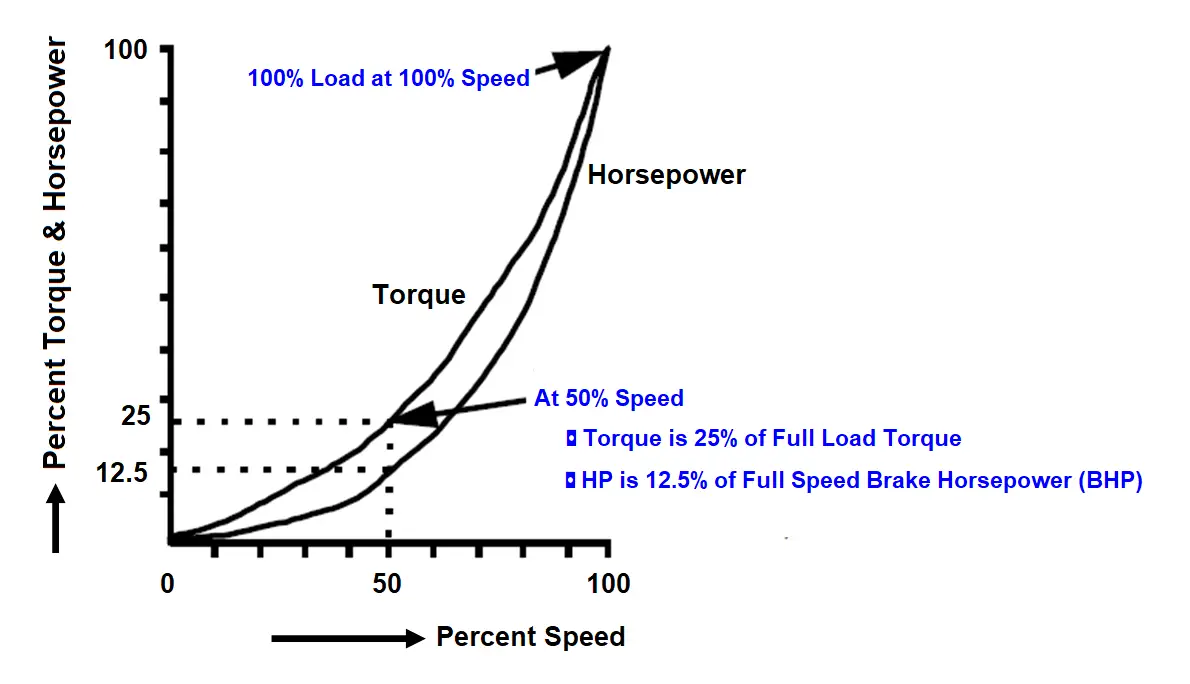
The cube law (third item) load is at the heart of energy savings. The change in speed is equal to the horsepower cubed.
For example, you might expect a 50% change in speed would produce a 50% change in volume and would require 50% of the horsepower.
Luckily for us, this 50% change in speed must be cubed, representing only 12.5% of the horsepower required to run it at 100% speed.
The reduction of horsepower means that it costs less to run the motor. When these savings are applied over yearly hours of operation, significant savings accumulate.
This table will help show these relationships:
| % Speed | % Torque | % HP |
| 100 | 100 | 100 |
| 90 | 81 | 72.9 |
| 80 | 64 | 51.2 |
| 70 | 49 | 34.3 |
| 60 | 36 | 21.6 |
| 50 | 25 | 12.5 |
Constant Horsepower Loads
A constant horsepower load is when the motor torque required is above the motor’s base speed (60 Hz). With a constant horsepower type of load, the torque loading is a function of the changing physical dimensions of the load.
These types of applications would include grinders, turret lathes, and winding reels. Constant horsepower loads require high torque at low speeds and low torque at high speeds.
While the torque and speed changes, the horsepower remains constant.
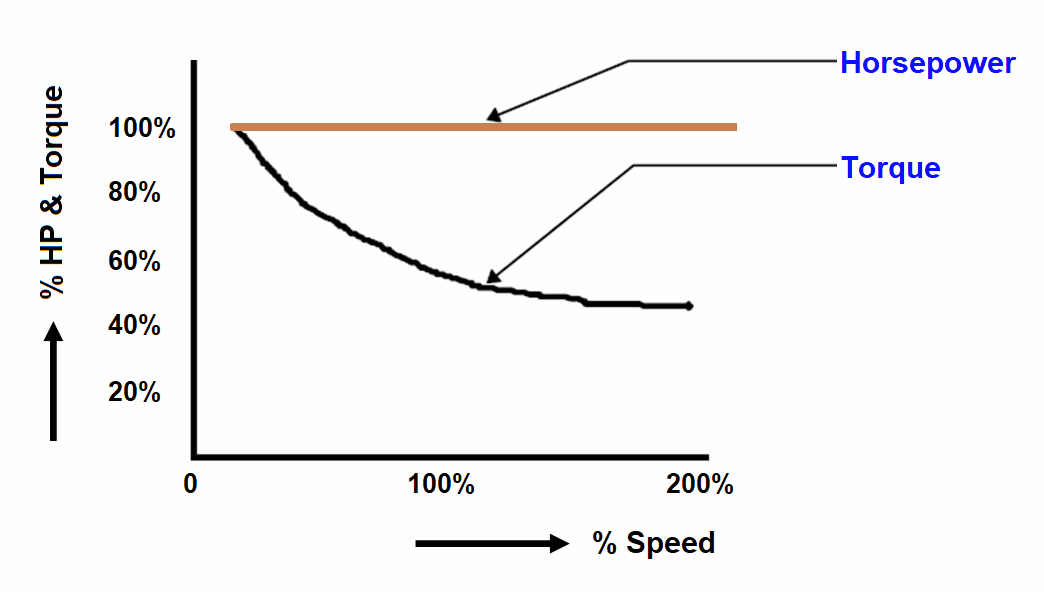
For example, an empty reel winding a coil will require the least amount of torque, initially, and will be accelerated to the highest speed. As the coil builds up on the reel, the torque required will increase and the speed will be decreased.
In this way, we understand the various types of loads that can be connected to a motor.
